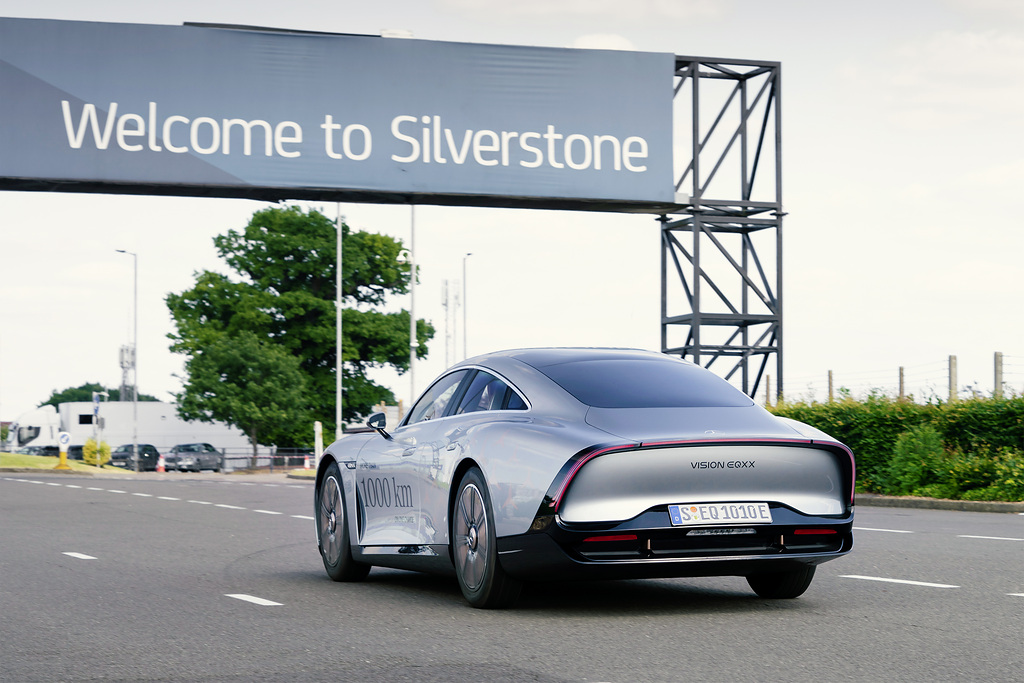Automotive Testing Advancements For Mercedes And Future Vehicles
Giancarlo Perlas May 13, 2024
As the automotive industry accelerates toward an electric and autonomous future, the tools and techniques for testing these advanced vehicles are evolving at an unprecedented rate, especially at Mercedes-Benz. This dynamic landscape combines the thrill of innovation with the imperative of safety, driving engineers and developers to push the boundaries of what’s possible. In this exploration, we’ll dive into the fascinating world of automotive testing advancements that are shaping the future of transportation.
Environmental Impact Assessments
With a growing emphasis on sustainability, testing extends beyond the vehicle itself to its environmental impact. Future vehicles are evaluated for their emissions, energy efficiency, and even the sustainability of their production processes. Such comprehensive assessments ensure that the automotive industry moves forward in harmony with ecological goals.
Acquiring Data
In the fascinating sphere of automotive testing, one critical aspect that cannot be overlooked is the pivotal role of data acquisition, which is handled by the R&D of Mercedes. This technology allows for precise monitoring and analysis of a wide range of parameters during the testing process, enabling engineers to obtain a detailed understanding of vehicle performance and reliability. By harnessing the power of data acquisition systems, testing methodologies are significantly enhanced, contributing to the overall quality assurance and safety of future automotive innovations.
The Human Element
As we edge closer to fully autonomous driving, understanding the interaction between humans and machines takes center stage. Testing now includes extensive human factors research to ensure that drivers can trust and effectively use new technologies. This area combines psychology, ergonomics, and technology to create vehicles that are not only safe but also intuitive to use.
The Dawn of Simulated Realities
Gone are the days when automotive testing solely depended on physical trials and crash tests. Today’s engineers employ sophisticated simulations to model scenarios that vehicles might encounter in the real world. These virtual environments allow for testing under controlled conditions that would be either too dangerous or too costly to replicate physically. As a result, future vehicles promise not only enhanced performance but unprecedented safety standards as well.
Advances in Material Science
The evolution of material science plays a crucial role in the next generation of automotive manufacturing and testing. Innovations in lightweight materials, such as advanced composites and high-strength alloys, are enabling the development of vehicles that are both lighter and safer. These materials enhance fuel efficiency, reduce emissions for internal combustion engine vehicles, extend the range, and decrease the charging time for electric vehicles. Testing these materials for durability and longevity under varying conditions is becoming a vital part of the vehicle development process.
Automation in Testing
The increase of automation in automotive testing is not just a trend but a fundamental shift. Robotic systems can now perform repetitive and precise tests 24/7 without fatigue, reducing human error and increasing the efficiency of the testing process. From durability assessments to fine-tuning sensor arrays for autonomous driving, automation speeds up development cycles and helps bring innovative features to market faster.
Integration of Artificial Intelligence
Artificial intelligence (AI), like the ones being used by Mercedes, is revolutionizing the automotive testing landscape. AI algorithms can predict outcomes, identify potential weaknesses, and offer solutions much quicker than traditional testing methods. They are being used to analyze vast amounts of data from simulation runs, improving the efficiency and effectiveness of vehicle testing. AI’s capability to learn and adapt is pushing automotive testing into new realms, making it possible to achieve higher levels of safety and reliability.
Electrification and Battery Testing
As the industry pivots to electric vehicles (EVs), battery testing has emerged as a critical focus area. The quest for longer ranges and shorter charging times means batteries must meet higher standards of performance and safety. Advanced testing methodologies enable researchers to explore new materials and battery designs under extreme conditions, foreseeing the challenges of high-demand EV use before they reach the consumer.
Collaborative Testing Across Borders
Global collaboration in automotive testing is on the rise, breaking down geographic and technological barriers. This worldwide network of manufacturers, researchers, and engineers shares knowledge, resources, and best practices to tackle the universal challenges of modern vehicle development. By testing in diverse environments and leveraging global expertise, the automotive industry is enhancing the reliability and safety of vehicles on an international scale. This collaboration is also speeding up the pace at which new technologies are adopted and integrated into the next generation of vehicles.
Connectivity and Cybersecurity Challenges
Today’s vehicles are more connected than ever, integrating with smartphones, traffic infrastructure, and even other vehicles. This interconnectivity presents new challenges in ensuring data privacy and security. Testing for vulnerabilities has become as crucial as assessing the physical robustness of the vehicle, with engineers working tirelessly to outpace potential cyber threats.




